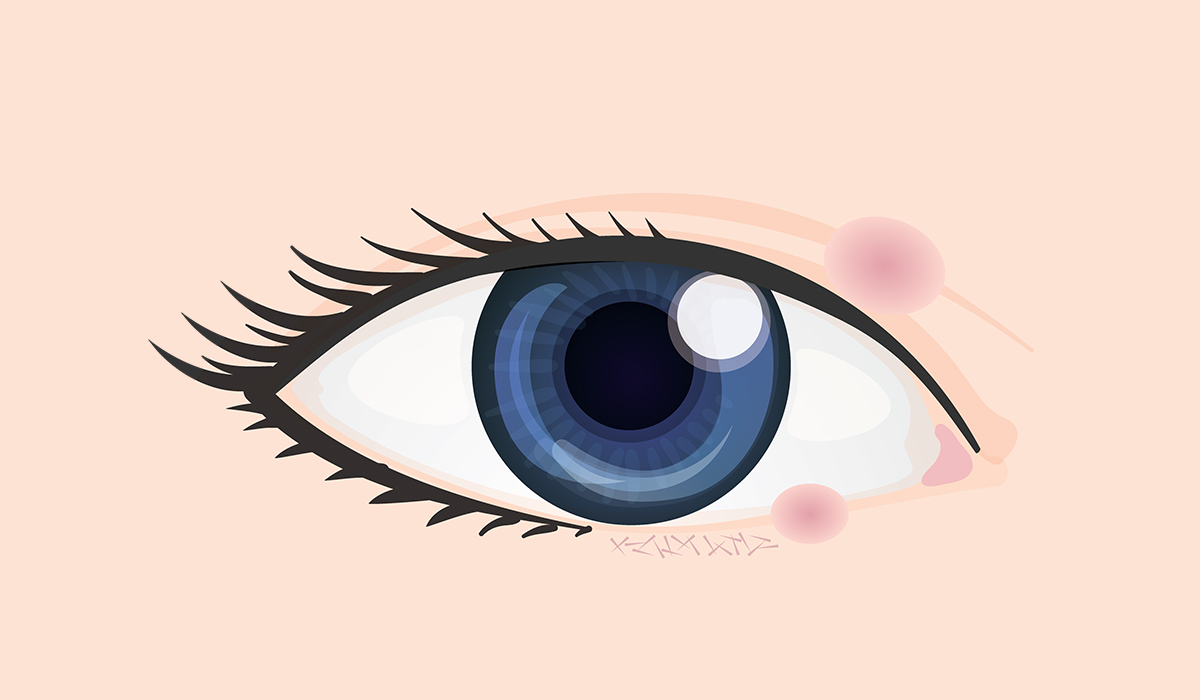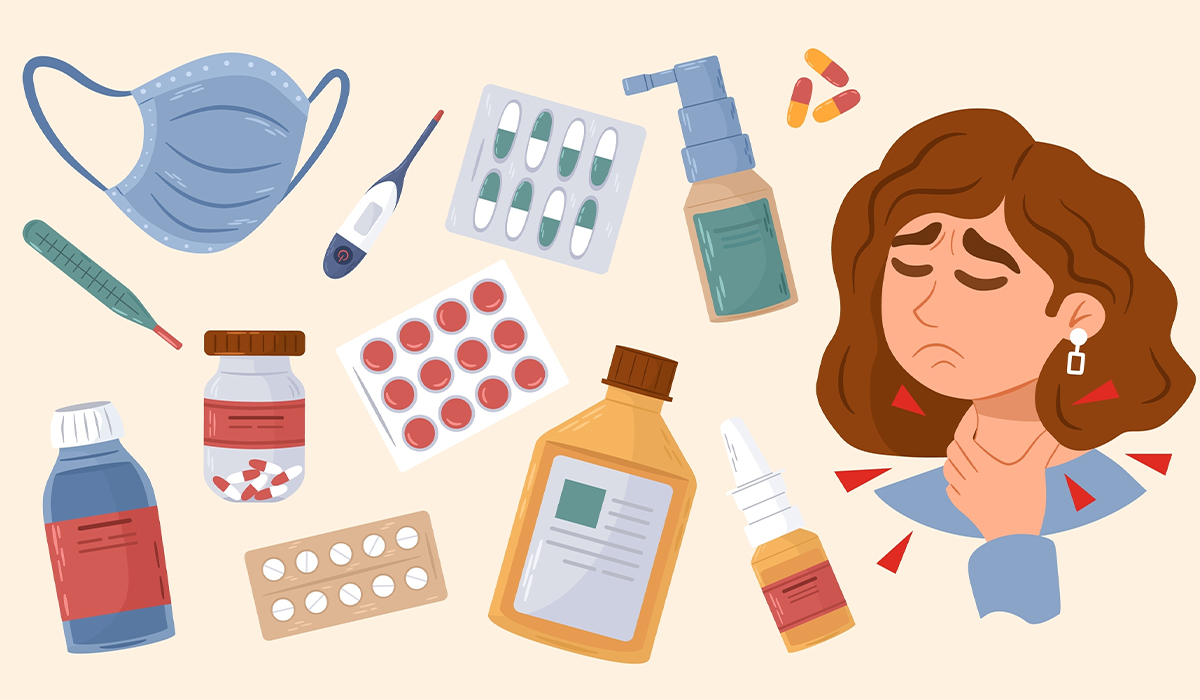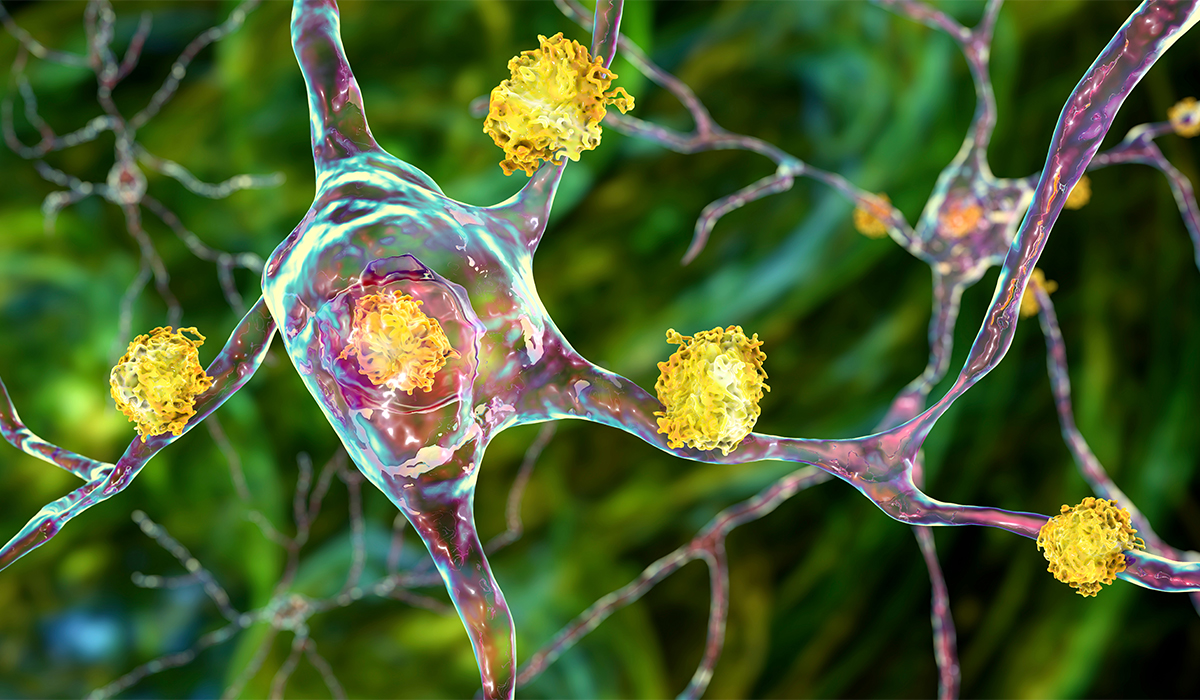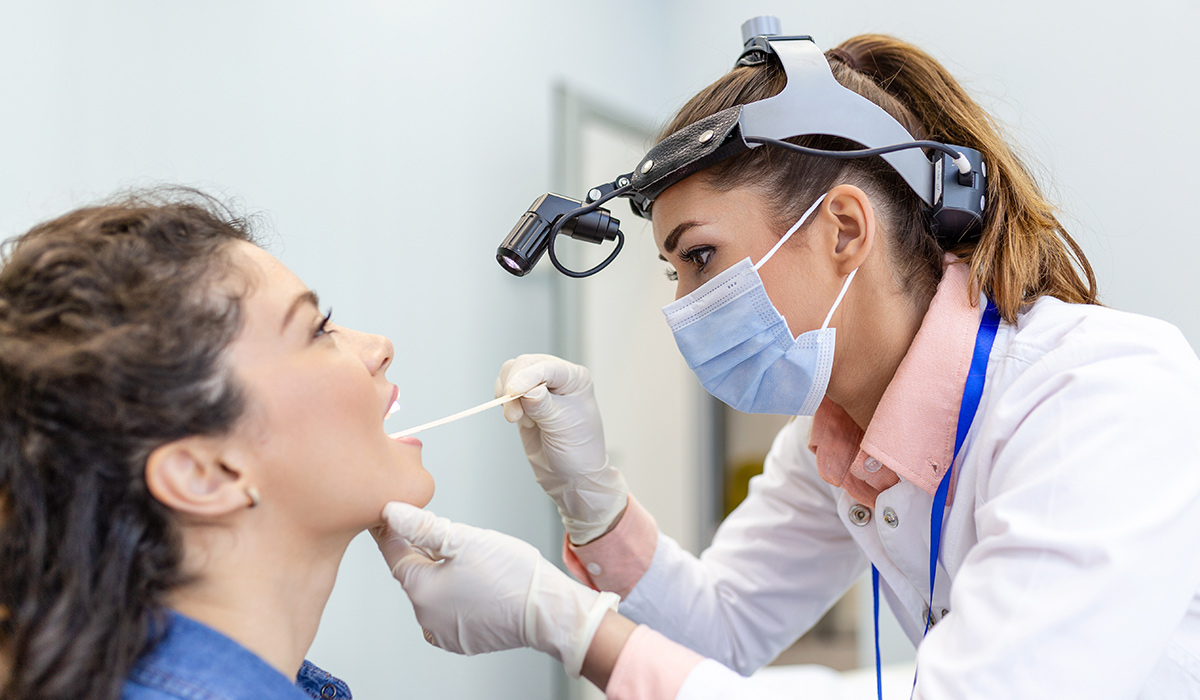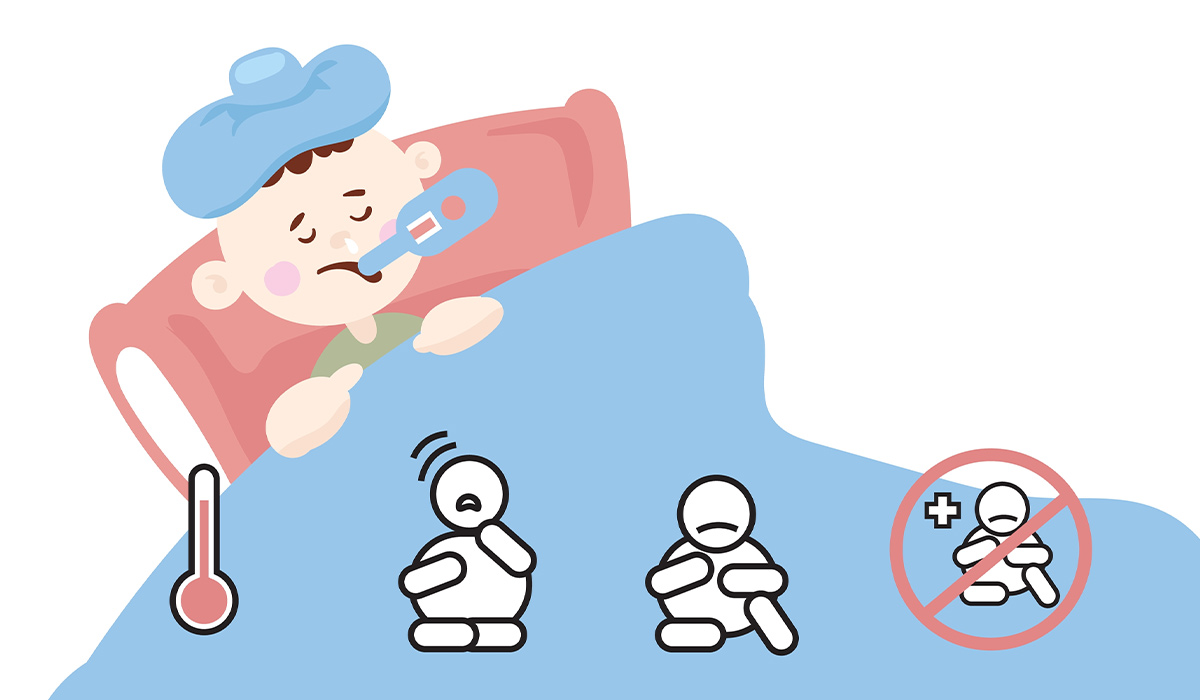In most cases, inadequate oral hygiene is the leading cause of bad breath. Sometimes, however, dental or other diseases can cause bad breath. Additional symptoms may accompany unpleasant mouth odor. The condition negatively affects a person’s daily life, so many people go to the doctor for a diagnosis. Detecting the correct cause may require various tests, depending on the case. Treatment also depends on the situation and involves eliminating the factor causing the bad breath.
Causes
In medical language, the common name for lousy breath has its specialized term. The unpleasant odor from the mouth that occurs when exhaling is a condition that is called halitosis. This condition can cause discomfort both to sufferers and those around them. It is a frequently reported problem at the dental clinic. The direct cause of halitosis is anaerobic bacteria in the mouth that break down food debris found in interdental spaces and gingival areas. It results in the formation of volatile sulfur compounds (VSCs) that cause a specific, unpleasant breath. However, the formation of bacteria can be influenced by further factors, which include:
- Poor oral hygiene
- Dental and periodontal diseases
- Dentures
- Dry mouth
- Staining on the tongue
- Diet
- Smoking
- Respiratory tract infections
- Systemic diseases
- Diseases of the digestive system
Poor Oral Hygiene
The most common cause of the problem is poor oral hygiene. Teeth need to be cleaned regularly, and forgetting to do so encourages the proliferation of bacteria. Proper oral hygiene is essential for maintaining aesthetically pleasing and healthy teeth. Neglecting to keep your mouth clean daily can cause gum and tooth disease.
Adequate oral hygiene includes the techniques for correct tooth brushing and the duration of tooth brushing. During daily oral hygiene, attention should not be focused only on the teeth. Lack of care for the tongue and gums has a detrimental effect on oral health. Inadequate hygiene also contributes to toothbrush replacement needing to be more frequent. It is worth remembering to replace the toothbrush, preferably every three months.
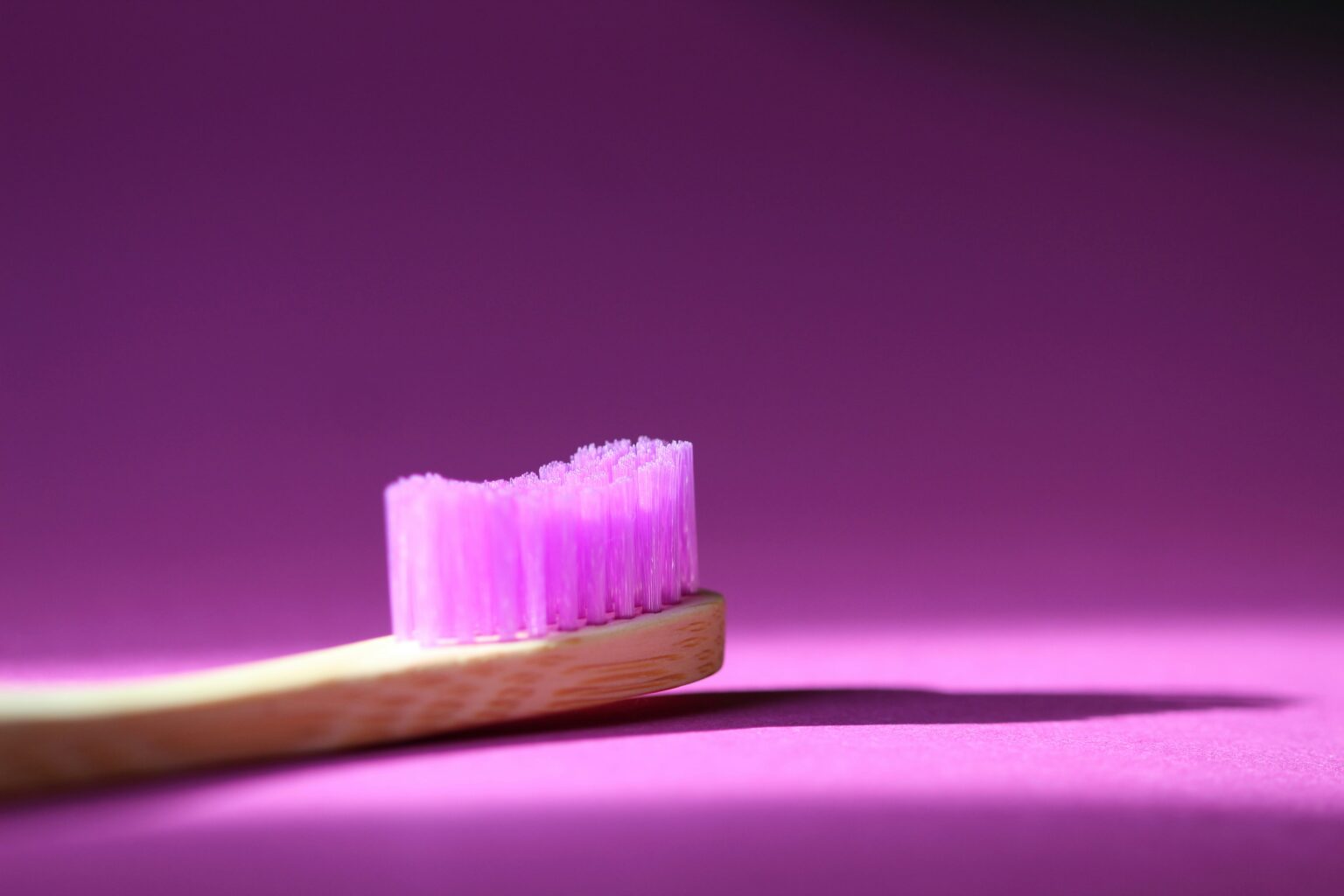
Dental And Periodontal Diseases
Many dental and periodontal diseases promote the proliferation of bacteria, which causes bad breath. The build-up of plaque, a layer of bacteria and carbohydrates that constantly forms on the teeth, is the reason for conditions like tooth decay and periodontal disease, which usually all comes down to poor hygiene.
Bacteria decompose lingering food residues, and as a result of this process, volatile odor compounds are formed, which we often perceive as unpleasant to our sense of smell. Regular brushing of the teeth and tongue removes trapped food and plaque. Plaque can irritate the gums and eventually lead to periodontitis if it is not removed.
Dentures
A denture gently fills the space between the jawbone and the buccal mucosa, which makes them gently raised. Depending on the conditions in the mouth, it can be a partial or complete denture replacement. People with dentures should pay particular attention to oral hygiene.
Bad breath can also be a problem for denture wearers if they do not wash their dentures daily. Bacterial plaque builds up on dentures, like on natural teeth. Dentures can lose their white color and shine if they are not removed daily. Cleaning the dentures daily with a toothbrush and soaking them in a cleaning solution avoids any unpleasant odor.

Dry Mouth
The function of saliva in caring for oral health is also essential. A deficiency of saliva results in a disruption of the bacterial flora, which can cause bad breath. Lack of saliva results in the rapid growth of bacteria, which also cause tooth decay and gum disease. Lack of saliva in the mouth also means discomfort when wearing dentures or experiencing tastes.
Chronic dry mouth can also result in the appearance of fungal infections. Xerostomia is the term for dry mouth. It can be caused by a malfunction of the salivary glands or an adverse effect of medication. For such a goal, there are various methods of treating saliva deficiency so that you can also get rid of bad breath.
Tongue Plaque
Many studies point strongly to a strong link between halitosis and plaque on the tongue. Food debris, saliva proteins, coffee, tea, or nicotine residues, and bacteria accumulate on its surface. Tongue plaque is most often the result of insufficient fluid intake, the use of certain medications, or poor oral hygiene.
However, if white plaque on the tongue occurs for over two weeks and is accompanied by additional symptoms, it may indicate a tongue disease. Therefore, in your oral hygiene, you should take care of your teeth, tongue, and mucous membranes.
Diet
Another cause of bad breath can be the type of diet. Poor eating habits and dehydration can exacerbate bad breath, as can certain foods. Frequent consumption of onions, garlic, radishes, leeks, horseradish, aromatic and spices causes terrible breath. Another cause responsible for bad breath is ketosis, which causes a characteristic mouth odor, and people on a ketogenic diet may also experience problems with bad breath.
However, given the effects of these foods, they should not be eliminated from the diet but avoided at inappropriate times, and be sure to brush your teeth thoroughly after eating them or combine them with foods that are beneficial for fresh breath.

Cigarette Smoking
In addition to diet and fluids, halitosis is also influenced by the harmful habit of smoking cigarettes. Smoking promotes biofilm deposition on epithelial cells in the mouth, which facilitates microbial colonization.
Cigarettes cause excessive saliva production, which is another factor that increases the risk of bad breath. Smokers are also at greater risk of gum and dental disease. Therefore, it is better to avoid smoking cigarettes as it has a very harmful effect on many aspects of human health.
Respiratory Tract Infections
Respiratory diseases and respiratory disease therapy cause dysbiosis of the oral microbiome and oral disease. This situation favors the appearance of another symptom, which is halitosis and dental problems. Infections or chronic inflammation of the nasal cavity or throat can cause halitosis, as the accumulation of food content in the tonsillar crypts, a remnant of inflammation, contributes to halitosis.
Systemic Diseases
An unpleasant mouth odor can also indicate something wrong with our health. Some systemic diseases often cause halitosis. Such diseases include, among others, diabetes. There is also an increased amount of glucose in the saliva of a person with diabetes, and it promotes a faster proliferation of bacteria or the accumulation of plaque.
The consequence of all of these disorders is bad breath. In addition, diseases related to various organs can contribute to bad breath. It can be a systemic disease of the kidneys, lungs, pancreas, or liver. Different symptoms are also usually present when such diseases are suspected, and it is then worthwhile to carry out tests on them.

Diseases Of The Digestive System
Another condition that can cause the problem is diseases of the digestive system. Gastro-oesophageal reflux may also be one of the causes of bad breath. People with this condition struggle with bad breath in addition to pain and unpleasant heartburn. In addition, digestive system disorders, such as stomach mucosa inflammation or malabsorption syndrome, can cause halitosis. A common cause of bad breath is stomach or duodenal ulcers. With such diseases, there are also additional symptoms related to the digestive system.
Diagnosis
Usually, halitosis is a harmless condition that can be improved by changing habits and practicing oral hygiene. However, if there are additional complaints, treatment of the cause of the halitosis may be necessary. Therefore, an accurate diagnosis is essential to detect the disease-causing lousy breath. When a systemic disease is suspected, basic tests for the disease in question are done. In contrast, respiratory or gastrointestinal diseases usually have additional symptoms, and selecting an appropriate test to detect the cause is more accessible.
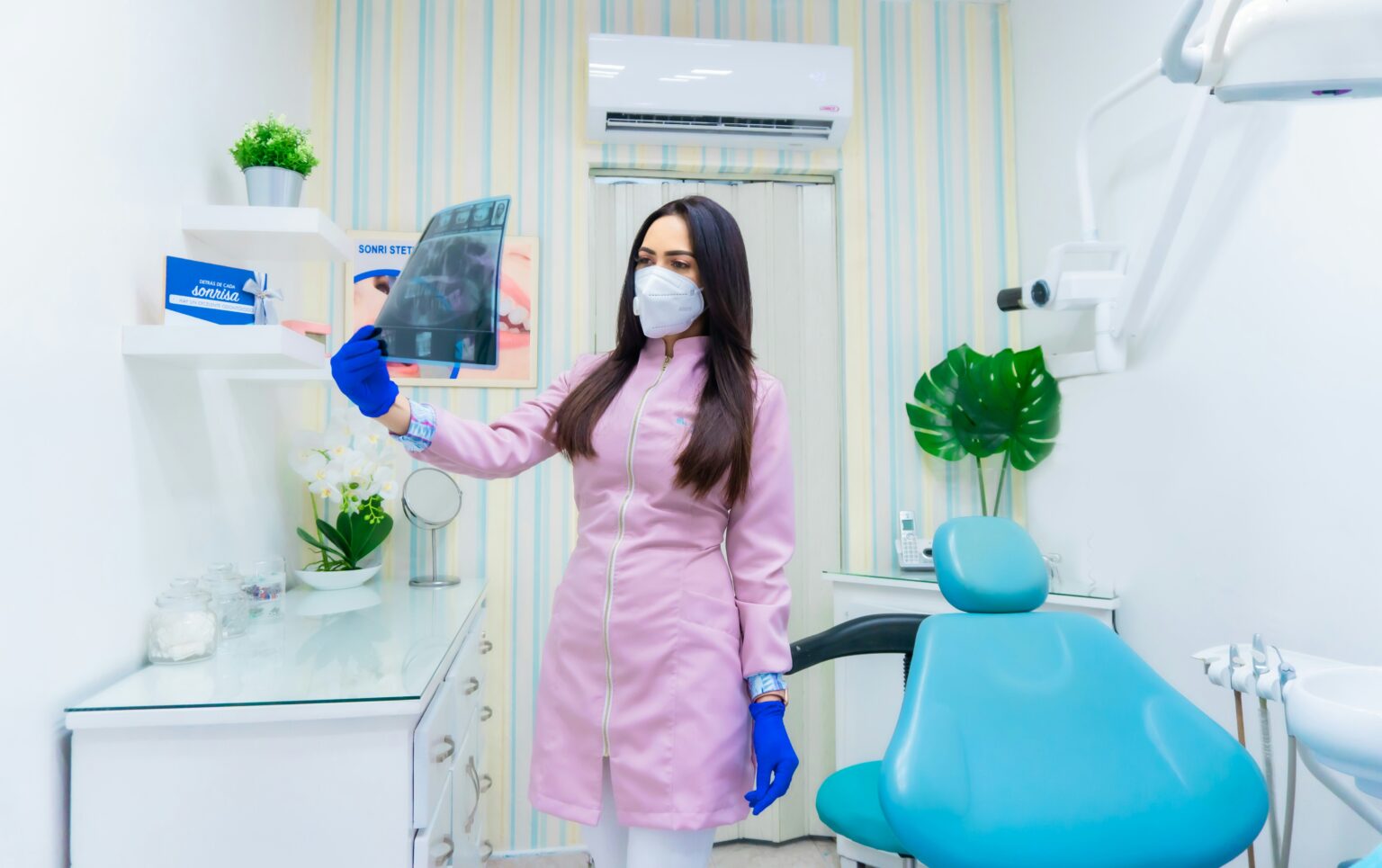
Organoleptic Method
Organoleptic method is a diagnostic method suitable for assessing lousy breath. It involves the patient exhaling air from the mouth and nose. By comparing the odors of the exhaled air from the nose and mouth under clinical conditions, abnormalities can be noted. In the absence of halitosis, the air exhaled from the mouth and nose will have a similar odor. In contrast, in the case of halitosis, the exhaled air from the mouth will be more intense, as it may come from the mouth or throat. However, in rare instances in which nasal and mouth odors are of similar intensity, a systemic cause may also be likely.
Dentists Examination
Usually, patients with halitosis go to the dentist first. It is a good step because, due to insufficient oral hygiene, pathogenic processes of the teeth and gums may have already occurred. Therefore, a dental examination will show whether the cause of halitosis is a disease of the teeth or gums. Dentists can also assess the condition of the tongue and will note any oral health problems. It may be necessary to take biofilm from the tongue where the doctor notices plaque on the tongue. This thorough examination will isolate bacteria.
Gas Chromatography (GC)
Gas chromatography is a more complex and accurate test for diagnosing halitosis. The test analyzes air, incubated saliva, residual tongue, or fissure fluid. The test is done for any volatile component and is objective and practical. GC allows the detection of odor molecules at low concentrations. However, the test is mainly done for scientific purposes due to the cost and having a particular device.
Treatment
The treatment of halitosis includes various therapeutic methods. In mild cases where no serious cause is suspected, patients can treat halitosis by increasing oral hygiene and changing habits. There are generally available products that prevent odor, such as mints, chewing gum, mouthwash, or mouth sprays. However, such prevention is only sometimes sufficient. If halitosis persists despite remedies, professional medical treatment may be necessary.

Professional Treatment
The goal of halitosis treatment is to reduce the bacterial load. Therefore, treatment may be required for teeth and gum diseases detected during the examination. Periodontal health is essential in controlling the intensity of halitosis caused by bacteria. The method of halitosis treatment is determined by the doctor, who tailors the options to the patient’s condition. An antiseptic mouthwash is often used to reduce bacterial load.
In addition to it, the back of the tongue can harbor these bacteria. Then, the goal of treatment is to get rid of plaque and tongue problems. Other conditions that cause halitosis, such as xerostomia, various inflammations, and diseases, must be well diagnosed and treated. If the disease is not adequately diagnosed and treated, a stinky breath will affect a person’s social life and become a nuisance.
Halitophobia
There is also a phenomenon associated with bad breath, which is called halitophobia. Halitophobia refers to a condition in which patients feel a great deal of anxiety and fear about bad breath. In short, halitophobia is the fear of bad breath being detected by those around the patient. It is also worth noting that in halitophobia, bad breath is not present. The patient imagines the symptoms.
It is a rare disorder but more often happens to patients who have struggled with halitosis in the past. After undergoing treatment, patients are very concerned about recurrence. Treatment of halitophobia can be more complex than treatment of genuine halitosis, as it is a psychological condition. Halitophobia is very uncomfortable for patients. It contributes to alienation by avoiding social contact. It is essential to thoroughly investigate whether halitophobia is delusional before starting treatment for halitophobia. If so, various methods related to psychotherapy are used.
Summary
Bad breath is a problem that happens to many people. The unpleasant smell of exhaled air is a condition called halitosis. It is associated with anaerobic bacteria residing in the mouth and forming volatile sulfur compounds. There are many causes of halitosis, the most common being inadequate oral hygiene.
However, in some cases, bad breath can indicate the presence of various diseases and infections. Detecting the correct cause may require multiple tests, depending on the case. Treatment also depends on the situation and involves eliminating the factor causing the bad breath. There is also halitophobia or the fear of bad breath.
Sources
- Sujata Tungare, Nowera Zafar, Arati G. Paranjpe (2023). Halitosis. https://www.ncbi.nlm.nih.gov/books/NBK534859/
- Uditi Kapoor, Gaurav Sharma, Manish Juneja, Archna Nagpal (2016). Halitosis: Current concepts on etiology, diagnosis and management. https://www.ncbi.nlm.nih.gov/pmc/articles/PMC4813452/
- Bahadır Uğur Aylıkcı, Hakan Çolak (2013). Halitosis: From diagnosis to management. https://www.ncbi.nlm.nih.gov/pmc/articles/PMC3633265/

